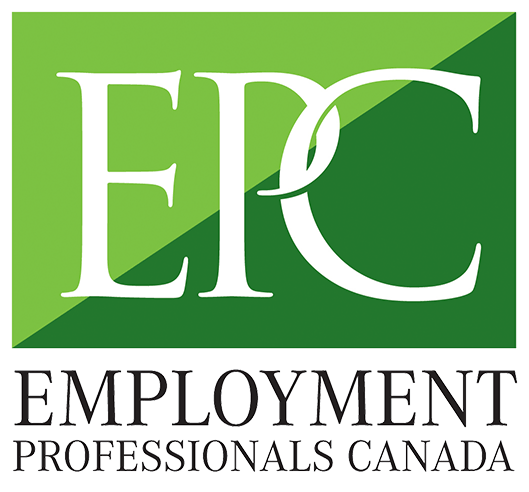How can you ensure you have the right number of people with the right skills sets to achieve your current and future business goals? Hiring seems like the obvious answer, but what if you hire too many people? Or not enough? Or the wrong people, and then you have to start all over again?
To avoid scrambling to get projects done or getting stuck in an endless cycle of hiring and firing, try a strategic staffing approach. Strategic staffing processes, also known as workforce planning, will help you run the staffing component of your business more efficiently.
Try implementing one or more of the four steps below:
Step One. Analyze your Current Staffing Levels.
Is the size of your current staff appropriate? Are you paying too many employees for not enough work? Look at your payroll records: are you paying overtime on a regular basis? This often indicates an under-staffing issue. Analyze the work and time necessary for each current employee to perform his or her current function. If you discover that a current full-time employee’s job function requires more than 40 hours each week, you can increase your staff by adding a part- or full-time employee to take on those extra hours..
Step Two. Define Your Staffing Requirements
Staffing requirements can change seasonally, or due to changes in technology or during times of decreased revenue. Try to look ahead. You can use your payroll records and monthly income statements to project whether you need to budget for temporary help during seasonal increases. You can examine upcoming project plans to determine where you’ll need extra help or additional expertise to complete work on time.
Step Three. Determine Future Staffing Needs
If your business is in growth mode, include room for additional staff and training dollars in your future budgeting process. Use your one- five- and 10-year strategic plan to project how many employees you expect to hire in the future. Adequate staffing levels can reduce workplace stress and burnout, improve employee morale and increase your levels of customer satisfaction. You’ll want to determine whether you’ll be able to promote current employees into future positions or whether you’ll want to do outside hiring.
Step Four. Encourage Employee Retention
Effective, well-trained employees will keep your business competitive while they experience higher job satisfaction and lower turnover. So if you offer training and upward promotion opportunities, you’ll save money in the long run. Plan possible employee advancement tracks that align with your company’s strategic plan and make sure your employees know what these tracks are. They’re more likely to stay with a company if they know they have a good future there. And offer training opportunities to prepare employees for future business changes. This will reduce the need—and expense and time—of hiring.
The experts at Employment Professionals Canada are always willing to help with strategic staffing and recruiting. Just ask! Call or email anytime.

